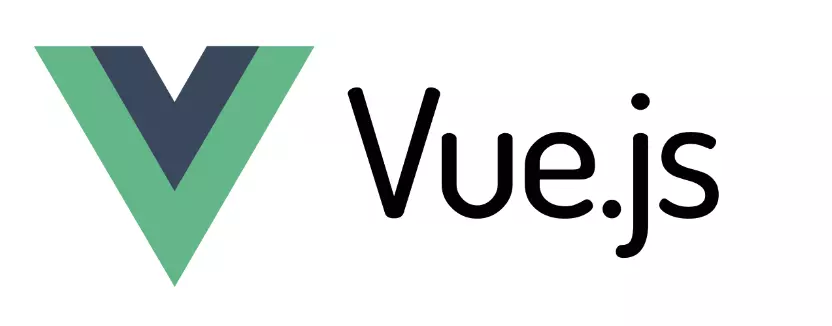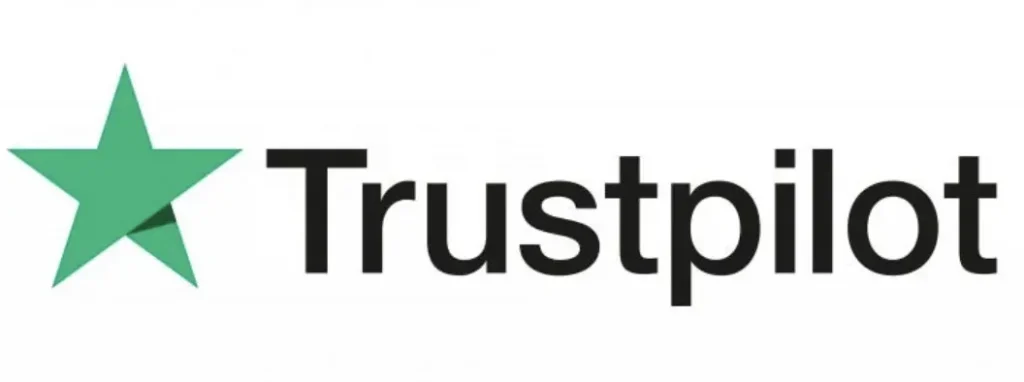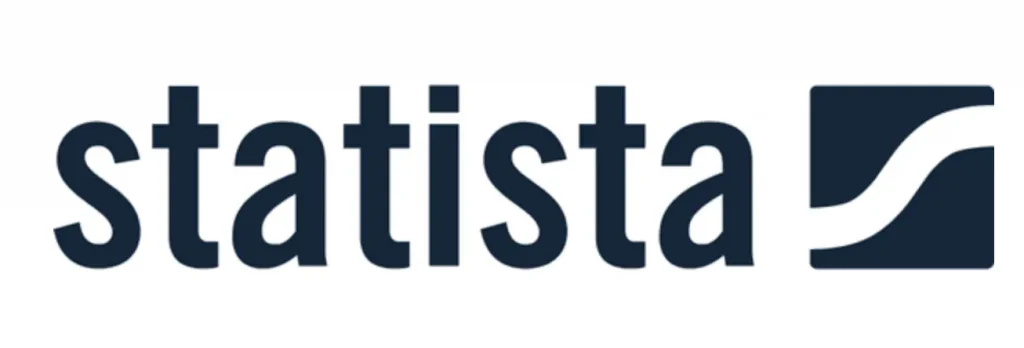Embarking on a web app development journey can be likened to navigating uncharted waters. The choice of framework is akin to choosing the suitable vessel for the voyage—a decision that can profoundly impact the success of your projects. In this article, we delve into Vue.js, an open-source JavaScript framework that has gained prominence for its simplicity, flexibility, and performance in creating dynamic web applications. Explore the world of Vue.js with us as we uncover its core concepts, pros, cons, and how Ficus Technologies can help you harness its potential to craft exceptional digital experiences.
- Pros of Vue.js: Simplicity, user-friendliness, higher performance, and easy integration.
- Vue.js offers a clean syntax, a solid tooling ecosystem, and a focus on user interfaces.
- Cons of Vue.js: Limited resources compared to other frameworks, reactivity complexity, minor language barrier.
What is Vue.js Framework?

Vue.js is an open-source JavaScript framework that has emerged as a powerful tool for building user interfaces in web applications. Developed by Evan You and first released in 2014, Vue.js has garnered attention for its simplicity, flexibility, and efficiency in creating interactive and dynamic web applications.
One of Vue.js’s standout features is its progressive nature, which sets it apart from other JavaScript frameworks. Unlike frameworks that demand an all-or-nothing approach, Vue allows developers to adopt it incrementally. You can introduce Vue.js into an existing project or build an entire application from the ground up, allowing you to integrate Vue.js as needed.
Programming is the art of telling another human being what one wants the computer to do.
Donald Knuth
Vue’s core library focuses on the view layer of an application, making it particularly well-suited for creating user interfaces. It leverages a Virtual DOM (Document Object Model) similar to React, enabling efficient rendering and updates while minimizing direct manipulation of the actual DOM, which can be resource-intensive.
Vue.js’s architecture centers around components, which are reusable and self-contained building blocks for user interfaces. This component-based approach promotes modularity, code reusability, and maintainability, making managing and scaling web applications easier.
Pros of Vue.Js for Web App Development
Vue.js, often called Vue, has garnered a significant following in web app development for several compelling reasons. Key advantages or pros of using Vue.js for web app development :
Simplicity
Vue.js is renowned for its simplicity and straightforwardness. Its minimalistic design and intuitive syntax make it exceptionally easy to grasp for developers. Unlike other frameworks with a steep learning curve, Vue.js allows beginners and experienced developers to start quickly. This simplicity accelerates the development process and reduces the likelihood of errors, resulting in more efficient and productive coding.
User-Friendly Framework
Vue.js has earned its reputation as a user-friendly framework. Its gentle learning curve and clear documentation make it accessible to developers with varying experience levels. This user-friendliness is a significant advantage for teams that need to onboard new developers swiftly. The framework’s ease of use ensures developers can quickly become productive with Vue.js.
Higher Performance
Vue.js delivers impressive performance thanks to its optimized rendering mechanism. It employs a Virtual DOM, a concept shared with React, which minimizes unnecessary DOM manipulations. By calculating the minimal required changes to the actual DOM, Vue.js ensures faster rendering and a smoother user experience. This enhanced performance is precious for web apps that require dynamic and real-time interactions.
Easy to Understand
Vue.js offers a syntax closely resembling HTML, enhancing code readability and maintainability. Developers can work on complex user interfaces while keeping the code clean and understandable. The familiarity of the Vue.js syntax with HTML makes it easier for teams to collaborate and maintain the project over time, reducing the potential for confusion and errors.
Simple Integration
One of Vue.js’s strengths is its flexibility when integrating into existing projects. Its progressive nature allows you to introduce Vue.js incrementally, reducing disruption to ongoing development efforts. This means you can leverage Vue.js in an existing project without a complete overhaul, making it an adaptable and practical choice for many scenarios.
Solid Tooling Ecosystem
Vue.js offers a robust tooling ecosystem that simplifies various aspects of web app development. Tools like Vue CLI (Command Line Interface) assist in project scaffolding and management, while Vue Router streamlines the building of single-page applications (SPAs). These tools enhance development efficiency and help developers focus on writing high-quality code.
Keeps the Focus on User Interfaces
Vue.js places a strong emphasis on building user interfaces efficiently. It provides a set of tools and patterns that help developers create interactive and dynamic UIs without the need for extensive manual DOM manipulation. This keeps the development process focused on delivering exceptional user experiences.
Ready to explore the world of Vue.js for your web app development needs?<br>
Contact UsCons of Vue.Js for Web App Development
Vue.js offers many advantages for web app development; like any technology, it has limitations and challenges. Cons or drawbacks associated with using Vue.js for web app development:
JS Framework with Limited Resources
Compared to more established frameworks like React and Angular, Vue.js may have a smaller community and fewer third-party libraries and plugins available. This relative scarcity of resources can sometimes limit your options for finding solutions to specific problems or integrating with certain technologies.
Reactivity Complexity
Vue.js’s reactivity system is a powerful feature that enables automatic and efficient data binding between components and the underlying data model. While this feature is a significant strength, it can also become complex in larger applications. Managing the reactivity of components and data can be challenging, especially when dealing with deeply nested or interconnected components. Developers must be mindful of performance implications and design choices to ensure that reactivity does not lead to unexpected behavior or performance bottlenecks.
Language Barrier
Vue.js was initially developed in China, and some of its resources and documentation may initially be in Chinese. However, this language barrier is relatively minor for English-speaking developers. Vue.js has gained global popularity, and ample English resources, including official documentation and community-contributed content, are readily available. Vue.js’s core team is committed to providing comprehensive English documentation and support, ensuring language is a manageable obstacle for developers worldwide.
What Companies Are Using Vue.js?
Vue.js has emerged as a versatile JavaScript framework that has gained popularity due to its simplicity and flexibility. In this article, you will learn how well-known companies use Vue.js to build their web applications.
Trustpilot

Hailing from Denmark, Trustpilot is a well-known consumer review website that posts reviews for businesses worldwide. Open source and free to all users, Trustpilot relies on Vue.js to provide a dynamic user interface and page functionality. Thanks to Vue.js, Trustpilot provides a seamless and engaging experience for users who read and contribute to business reviews. The framework’s versatility and performance contribute to the platform’s reliability in handling a wide range of user-generated content.
Trivago

Trivago, a well-known travel planning site, has gained popularity for its thorough hotel search engine. Thanks to Vue.js, Trivago Magazine, a sister website developed with Nuxt.js and Vue.js, offers users information about exciting vacation destinations. By leveraging the power of Vue.js, Trivago improves the user experience on both its main platform and subsidiary sites. The combination of Nuxt.js and Vue.js provides Trivago with a robust and scalable solution, strengthening its position in the competitive travel industry.
Accenture

Accenture, a global leader in professional services, is known for using Vue.js in its web development. The company uses Vue.js to create dynamic and responsive user interfaces, ensuring seamless interaction between clients and employees across various online platforms. With Vue.js, Accenture benefits from a framework that facilitates efficient UI development, which is in line with the company’s commitment to providing innovative and cutting-edge solutions across industries.
Statista

Statista, a well-known statistics platform, uses Vue.js to enhance its web applications. Vue.js allows Statista to create interactive data-driven visualizations, offering users an engaging and informative experience. Whether you’re exploring charts, graphs, or other statistical representations, Vue.js helps to increase the responsiveness and flexibility of the platform. Statista’s integration with Vue.js is in line with Statista’s mission to provide accessible and visually compelling statistical information to a diverse user base around the world.
Conclusion
At Ficus Technologies, Vue.js is not merely a technology; it embodies our commitment to excellence. Our team of seasoned professionals possesses a profound understanding of Vue.js, harnessing its simplicity, user-friendliness, and performance optimization to craft web applications that stand out in the digital landscape. Whether your project is a straightforward web app or a complex digital ecosystem, we have the expertise to navigate Vue.js’s intricacies and deliver outstanding results.
With Ficus Technologies as your development partner, you’re not just embracing Vue.js but unlocking its full potential. We stand committed to transforming your web app development dreams into first-class applications, regardless of complexity. Your success is our mission, and together, we will navigate the digital landscape to achieve excellence.
Yes, Vue.js components are designed for easy reusability across different projects. Vue’s component-based architecture allows developers to create self-contained, modular components that encapsulate specific functionality or UI elements. These components can be seamlessly integrated into various projects, promoting code reusability, scalability, and maintainability. This flexibility is advantageous for teams working on multiple projects or when incorporating Vue.js into existing applications. By promoting a modular approach, Vue.js empowers developers to efficiently share and deploy components, fostering a more productive and collaborative development environment across diverse projects.
Yes, Vue.js can be integrated with popular backend frameworks like Express.js, Laravel, and Django. When choosing backend technologies compatible with Vue.js, consider factors such as RESTful API support, as Vue.js often interacts with the backend through APIs. Ensure the backend supports the necessary data formats (JSON, for instance) for seamless communication. Additionally, consider the scalability, security, and development ecosystem of the chosen backend framework. It’s crucial to align the backend’s capabilities with the requirements of your Vue.js frontend to create a well-integrated and efficient full-stack web application.








